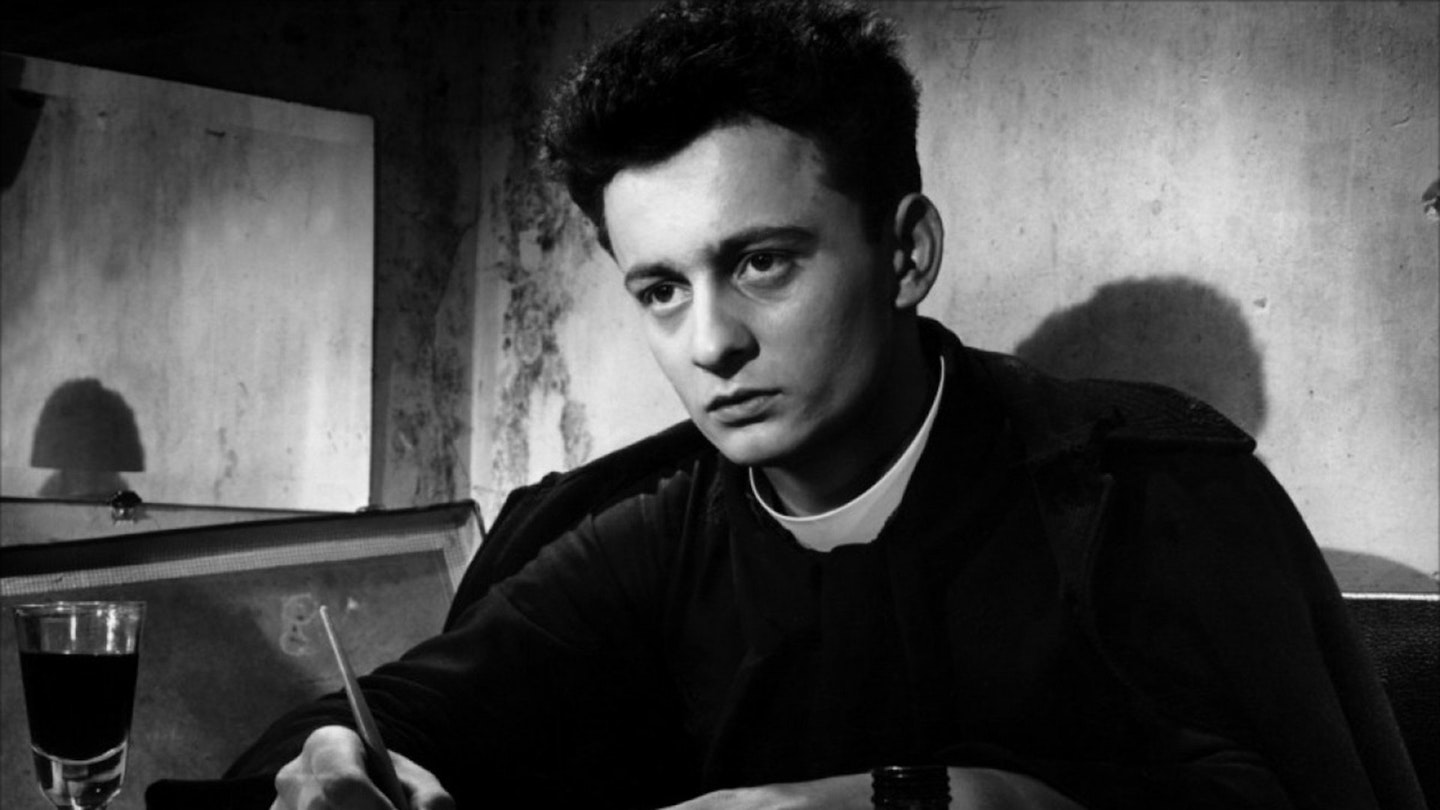Thwarted in his bid to film a life of St Ignatius Loyola, Robert Bresson embarked on this faithful adaptation of Georges Bernanos's novel. The late author had already rejected treatments by both the celebrated screenwriters Jean Aurenche and Pierre Bost, and by Fr Raymond Brückberger, but his estate approved Bresson's austere approach, which retained the journalistic structure, while removing the lengthy theological and sociological diatribes delivered by the Priest of Torcy (Guibert).
Indeed, the dialogue was taken almost verbatim from the text. But this was not so much a movie than a meditation on the curé's quest for salvation for both himself and his flock. Bresson offers us reflections on events rather than the incidents themselves, hence his emphasis on the voice-over narration and pages from the diary, which lead us into elliptical sequences which present only the dramatic essentials so as not to distract us from the interiority of the action.
This was a new kind of film-making, in which Bresson moved away from traditional cinema', with its focus on externals, to champion cinematography', which attempted to chronicle a character's inner life. To achieve this he conducted an extensive search for a Catholic non-actor, whose performance he could completely control. Claude Laydu was a 22 year-old Swiss, who met with Bresson every Sunday for a year and even spent time in a monastery to assume the mien and mannerisms of a conflicted cleric. But, he is as much a prop as the simple objects which Bresson uses to define the priest's humble, rootless existence, in which we are forced to share by the insistent close-ups.
This absence of establishing shots, the scarcity of camera movements and the stylistic purity of scenes limited to fundamental information stunned the cinematic establishment. But, like Carl Theodor Dreyer before him, Bresson succeeded in combining asceticism with spirituality and although priest's journey recalls the Stations of the Cross, its simple humanity makes this much more than a mere religious experience.
